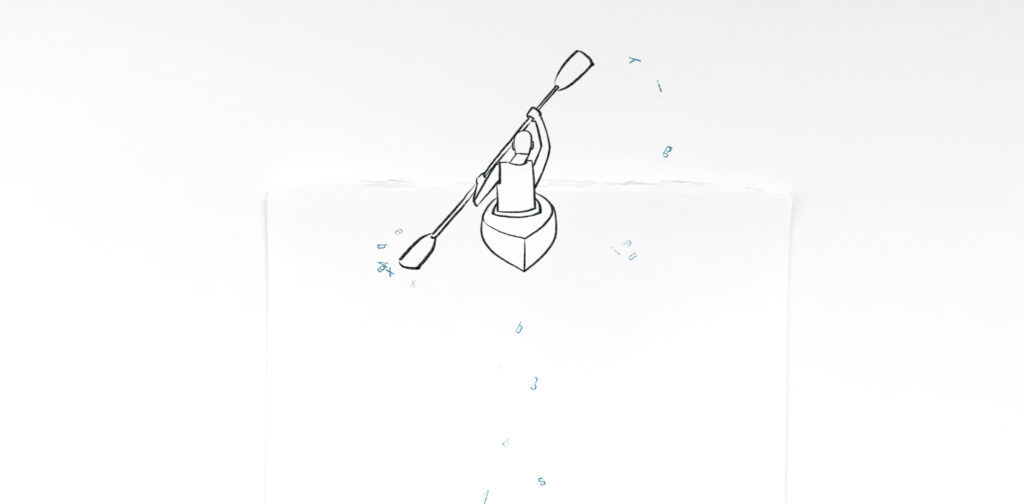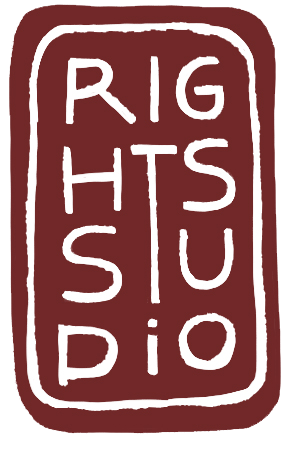
“I’ve learned that whenever I decide something with an open heart, I usually make the right decision.”
― Maya Angelou
We often assume that we are all open minded.
But isn’t the essence of much of our work primarily one of judgement? Perhaps there is an element of our work that is about highlighting flaws, violations and pointing to alternatives, but judgement, in its essence, is closed. It prevents us from reaching deeper understanding and makes us defensive and protective.
One lesson we have learned in the process of changing our organisation is that simply getting rid of bureaucracy, hierarchy, or adding simpler processes is pointless if we do not recognise that to change the organisation, we have to first change as individuals. That means opening up, and that is hard because being open requires us to move into a space of discomfort.
Margaret Wheatley says opening our minds requires tremendous courage and steadfastness. And it is through opening to the world that we encounter the information we pushed away, the messages we wouldn’t hear, and most importantly, the “strength, the will and capacity to persevere in hostile environments.”
When we listen to someone talk, how long is it before our critical mind begins racing? Usually seconds. And when we start to judge, we close our minds to further information.
We have been trained to do that from a very young age, and it takes practice and hard work to undo this. Because many of us are a product of a world that pulls us into closed systems – closed ways of working and of thinking.
Radical openness is a term that is increasingly being used in different spaces, as a way to unstuck the mind. In trauma therapy, radical openness helps us to change when we have accepted something that is not true anymore. To question the thoughts instead of just believing them.
It’s not a safe space though, as bell hooks notes, but it’s a necessary space if we believe in building better alternatives. “For me this space of radical openness is a margin – a profound edge. Locating oneself there is difficult yet necessary … One is always at risk,” she writes.
Those who push for openness are almost always operating on the margins, often doing dangerous yet essential work we all benefit from: from whistleblowers to hackers, to investigative journalists and artists, to open source coders.
Lawrence Lessig, founder of Creative Commons and campaigner for open source, says the ideal of open source is much more than open coding; it’s about putting our work into the commons, giving it away so that others may improve upon it. And while many people think this is specific to the tech world, Lessig asks us to think about how science works; “for basic science functions much the same—progress made and then given to the next generation.”
In The Success of Open Source, Steven Webber examines how people collaborate in the open source world, and how navigating through the complexity of coding is not like a writing book, “it’s more like a complex organism that must continually adapt and adjust to the different environments and tasks that the world puts in front of it.”
Some of these ideas are spreading and conversations around what an open world means, and what it could look like, are happening . There are signs in the humanitarian field of radical openness being adopted as a way of getting out of our ‘siloism’ where our tendency is to think about our organisation first before we think about everyone else, including the people we claim to help.
One of the ways we want to practice openness at CRIN includes the concept of open innovation – a process where you engage people outside your organisation to help solve challenges. The point of open innovation is to recognise that no one organisation can solve all its problems.
It is in this space, where we let go of control and fear, that we can learn to embrace the unexpected. It is in this space that we can see more clearly how our work builds on from the work done by our predecessors, and that we are setting new foundations for the work of those who will follow.
Words, Veronica Yates, illustration, Miriam Sugranyes
